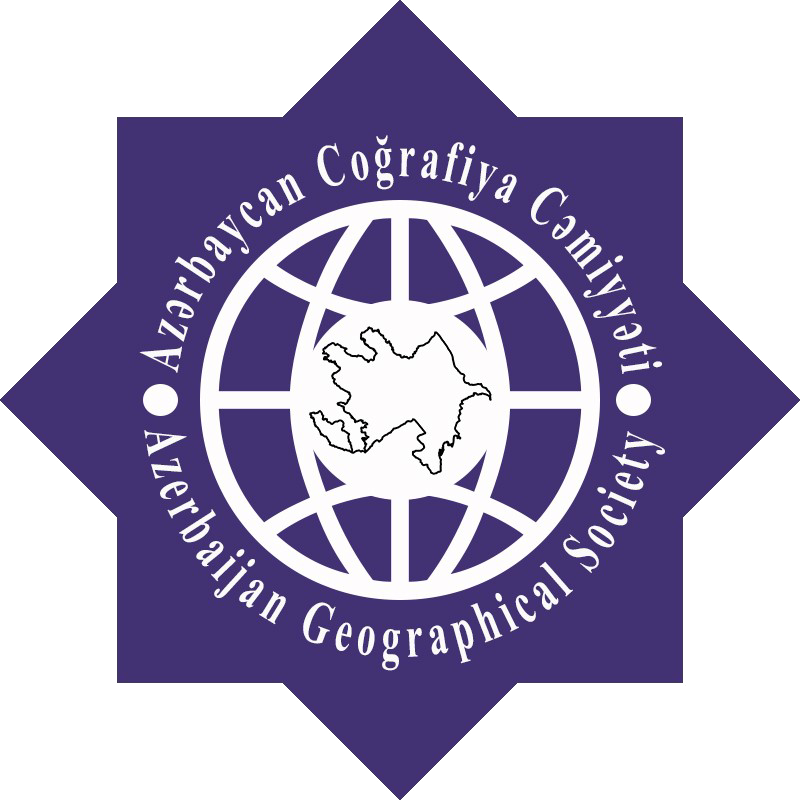MODERN CONDITION AND ANTHROPOGENIC TRANSFORMATION OF THE FORESTS IN THE LANKARAN LOWLAND
M.Y.Khalilov
Abstract. In the recent past, the Lankaran lowland was covered with forests of the Hyrcanic type. As a result of anthropogenic impact, they have become destroyed and replaced by residential and agricultural landscapes (tea plantations, tangerine gardens and agricultural farmlands with the exception of the Hyrcanic National Park) in the lowlands; the remnants of forests are represented by single trees and tree groups violated by chestnut-leaved oak, hornbeam of the Caucasian and partially iron tree. Relatively less- violated plantations are preserved in the tombs and cemeteries, represented by old and trees of tall chestnut and chestnut-leaved oak. The article considers the modern condition, reasons and trends of anthropogenic transformation of forest ecosystems present in the Lankaran lowland. Forest and arable lands under forests spread in some areas of the lowland, the Hirkan National Park, cemeteries, etc. are described in this work.
Keywords: forest, grove, plumpness, degradation, iron-tree, chestnut-leaved oak
REFERENCES
- Yusifov E.F., Hacıyev V.C. Hirkan biosfer rezervatı. El-Alliance. Bakı, 2004, 168 s.
- Xəlilov M.Y. Lənkəran təbii vilayətinin bitki örtüyü. Azərbaycan Respublikasının coğrafiyası. III cild. Regional coğrafiya. Bakı, 2015, s.308-315.
- Гроссгейм А.А. Флора Талыша. Изд. Аз.ССР. 1926, 273 с.
- Прилипко Л.И. Лесная растительность Азербайджана. Изд. АН. Азерб. ССР. Баку, 1954, 485 с.
- Сафаров И.С. Важнейшие древесные реликты Азербайджана. Баку, 1962, 312 с.
Publication Date : January 27, 2020
